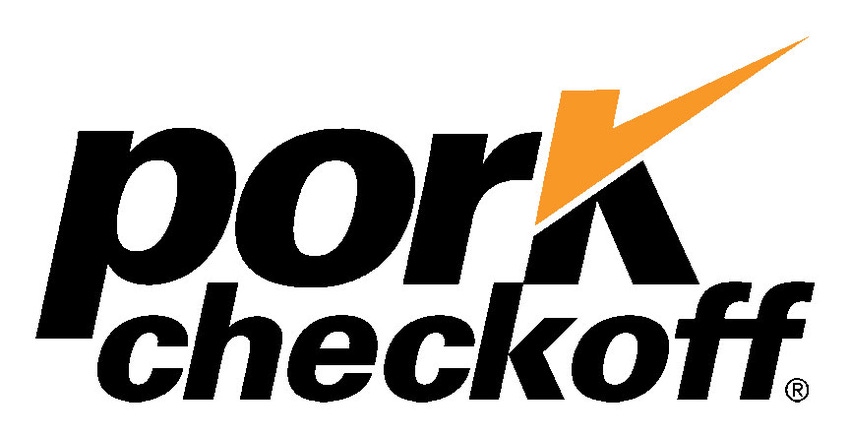July 1, 2013

The Pork Checkoff has published the first in a series of updates on porcine epidemic diarrhea (PED) virus. Additional, periodic updates will be sent as new and relevant information is available.
PED virus was confirmed for the first time in U.S. swine herds in mid-May. While PED virus is not a new swine disease globally, it is new to the United States (see most recent states/cases here by scrolling down to the Disease Updates section and clicking the link titled: Number of New Cases Reported).
Because PED virus is a new disease threat affecting multiple states, the Pork Checkoff has taken a series of steps in communications, education and research coordination to find solutions.
Key Points about PED Virus
It is widespread in many countries.
It is not a trade-restricting disease.
It may appear clinically to be the same as transmissible gastroenteritis (TGE) virus with acute diarrhea.
Producers who suspect that their herds may be infected should work with their herd veterinarian immediately.
As always, strict biosecurity protocols should be maintained.
More key facts can be found in a podcast by Paul Sundberg, DVM, Checkoff's vice president of science and technology.
Additional key facts from the American Association of Swine Veterinarians, including fact sheets, diagnostic lab submission instructions and disease updates can be found here.
Like what you're reading? Subscribe to the National Hog Farmer Weekly Preview newsletter and get the latest news delivered right to your inbox every Monday!
How to Protect Your Farm from PEDV
Current research says the virus is spread by the fecal-oral route. The most common sources of infected feces coming onto a farm are pigs, trucks, boots, clothing, or other things that can physically move it.
Field reports suggest in some instances virus is being spread by ineffective washing and disinfecting of trucks used to transport pigs to/from farms or markets. Pay particular attention to biosecurity during transportation.
Resources pertaining to biosecurity and livestock production can be found online on pork.org in the Transport Quality Assurance Handbook, and at the National Biosecurity Resource Center. Transporters can find guidance on boot disinfection, actively search for disinfectants by manufacturer, disinfectant class or by disease, or locate truck washes by state. Additional information on biosecurity can be found online at Iowa State University's Center for Food Security and Public Health.
Be especially diligent about the cleanliness of feed, service and other personnel and visitors who enter your farm. Restrict access unless necessary.
Additional biosecurity recommendations should include:
Restrict traffic (people and equipment) onto the farm
Thoroughly clean and disinfect anything coming onto the farm
Maintain strict biosecurity practices at all times, including proper disinfection. (Products such as: Tek-Trol, 1Stroke Environ, Virkon S, Chlorox and Synergize1 may work well.)
Enforce downtime requirements and maintain a log of visitors
Take care when disposing of dead stock, particularly if using a communal disposal method
Isolate newly arriving animals and continue vet-to-vet discussions about animal health at the herd of origin
Shower into the facility where practical and change into clean boots and coveralls
What to do if You Suspect PED Virus is in Your Herd
Clinical signs range from watery diarrhea and vomiting in nursing pigs and farrowing houses to transient diarrhea and off feed in finishing. Most pigs in any phase of production will become sick and death loss in nursing pigs could approach 100%.
If you see diarrhea in any phase of production, contact your veterinarian immediately to get laboratory confirmation.
Your veterinarian will take samples from the herd to submit for diagnosis. PED virus can look much like transmissible gastroenteritis (TGE) with laboratory confirmation being the only way to differentiate the two.
To better help understand how the virus moves between herds, it is important to provide your National Premises Identification Number on the diagnostic lab submission form with the note that you agree that the lab results can be used in a confidential and secure manner for further disease analysis. The laboratory will not do so unless you tell them that they have your permission. It will be extremely helpful to understanding this disease if you will give them that permission. All information will be handled in a strictly confidential and secure manner.
Follow your veterinarian's advice on how to care for any sick or infected animals.
Provide a clean, dry, draft-free environment.
Provide access to high-quality drinking water. Supplementing the water with electrolytes may be beneficial.
You might also like:
Common Sense Prevails in East Coast Gestation Stall Decision
You May Also Like



